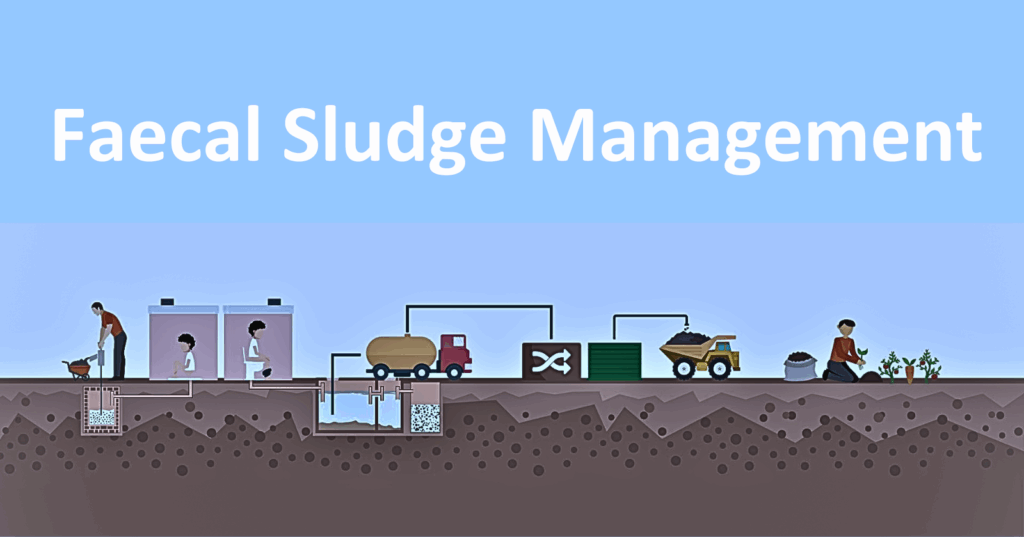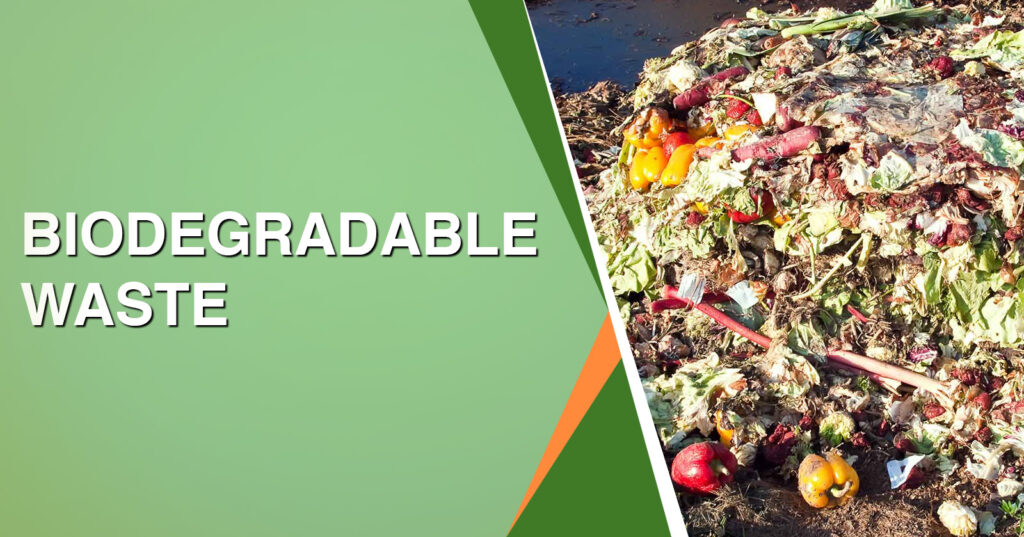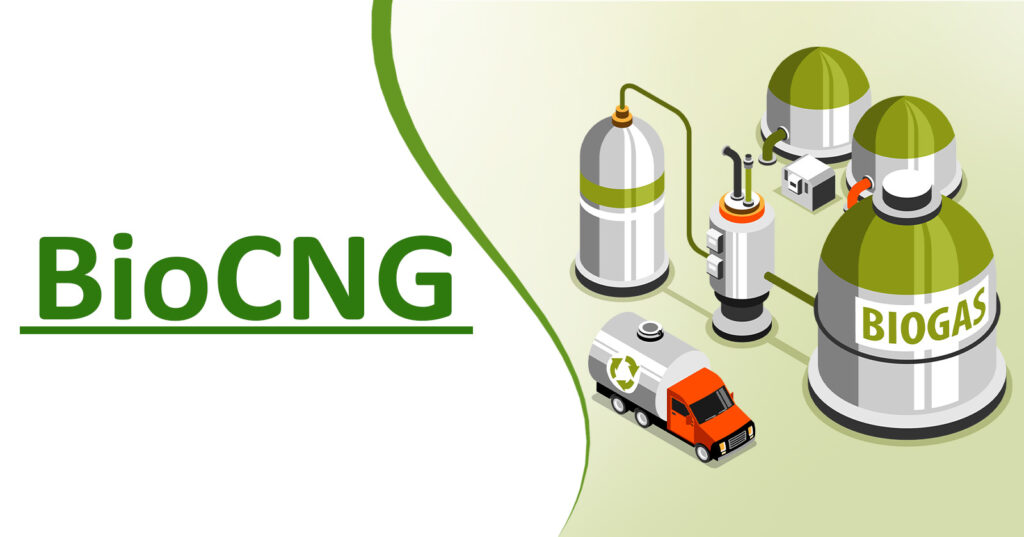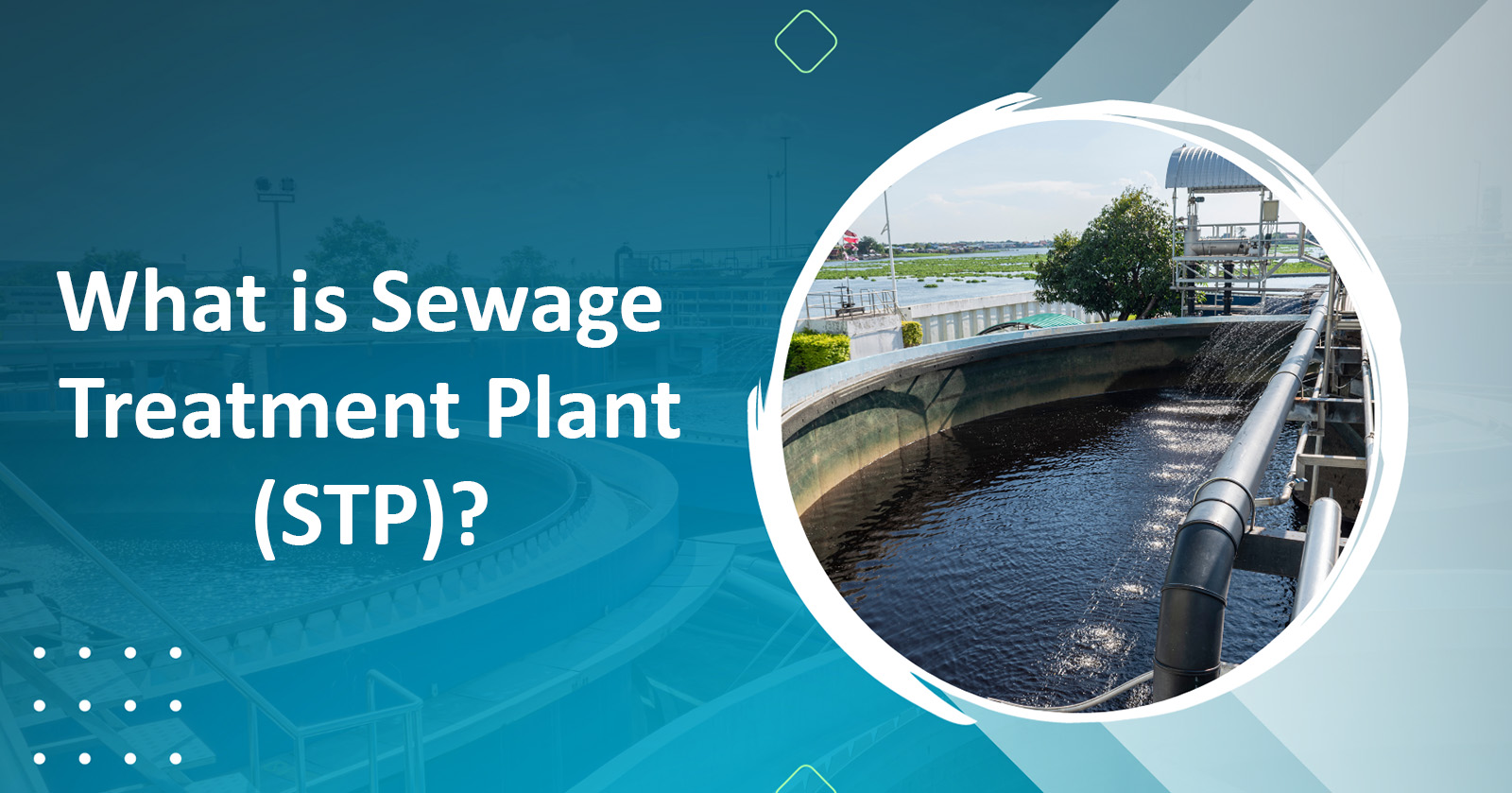Sewage Treatment Plants (STPs) clean wastewater by removing sewage and harmful contaminants, making it safe to release back into rivers, lakes, or other water sources. They protect public health, support ecosystems, and ensure communities have clean water.
Working quietly in the background, STPs play an important role in keeping the environment clean and maintaining the well-being of people and nature.
Sewage Treatment Plants Understanding
STPs, or Sewage Treatment Plants, are the unsung heroes of sewage water management. They purify wastewater from homes, industries, and businesses. The process of STPs can be divided into a few important steps.
Sewage Treatment Plant Process:
Preliminary Treatment:
The first step in an STP plant focuses on removing large objects and solid materials from incoming sewage. Wastewater treatment starts here as the sewage passes through bar screens to filter out solids, which are then disposed of safely.
Primary Treatment:
After preliminary treatment, the wastewater moves to primary settling tanks. Lighter solids like grease and small plastics float to the surface and are removed, while heavier particles sink. This is an important part of domestic sewage treatment and also applies to industrial STP systems.
Secondary Treatment:
The heart of any STP plant is secondary treatment, where microorganisms break down the sewage biologically. This process reduces harmful pathogens and lowers the biochemical oxygen demand (BOD) of the water, producing cleaner, safer water as part of effective wastewater treatment.
Disinfection Process:
After secondary treatment, the water undergoes disinfection in the STP plant. Advanced techniques, including sodium hypochlorite treatment, eliminate remaining microorganisms, making the water safe to release into the environment or for irrigation purposes.
Each stage of an STP plant is essential to transform contaminated sewage into clean, safe water suitable for domestic sewage treatment, industrial reuse, or environmental release.
Benefits of Sewage Treatment (STP Plant)
Sewage Treatment Plants (STP plants) play an important role in cleaning wastewater, protecting public health, conserving water, and supporting a cleaner, greener environment.
Labor-Saving
In the past, sewage was collected and removed manually. Modern Sewage Treatment Plants (STPs) use technology to extract, organize, and transport sewage, requiring fewer workers. They can handle large volumes of sewage, reducing long working hours.
Produce Energy
Sewage contains organic matter that can generate energy. Through anaerobic digestion, sludge produces methane gas, which can power the STP and even supply electricity to nearby homes. Sewage gas can also be used in combined heat and power (CHP) systems to make the plant more efficient.
Fertilizer Production
Sludge from sewage contains biodegradable matter, nitrogen, and phosphorus. After treatment and drying, it can be converted into organic fertilizer, which is safe and useful for agriculture and gardening.
Reduce Public Health Risk
Less than half of India’s population has access to safe drinking water, and millions suffer from waterborne diseases each year. Untreated sewage contaminates ponds, lakes, and rivers, affecting vulnerable communities. STPs remove most contaminants from wastewater, protecting public health.
Environment Friendly
STPs treat water in multiple steps to remove solids, chemicals, hazardous substances, and microorganisms. The treated water is safe for reuse, reduces pollution, and lowers overall water consumption.
Conclusion
Sewage Treatment Plants (STP plants) are essential for modern wastewater treatment, whether for homes, industries, or communities. STP plants make domestic sewage treatment safer, reduce public health risks, and conserve precious water resources. They also provide additional benefits such as energy production and fertilizer generation, making them both practical and environmentally friendly.
Investing in an STP plant or upgrading to an industrial STP system ensures efficient wastewater treatment, protects ecosystems, and supports a cleaner, healthier environment. Overall, Sewage Treatment Plants (STP plants) are crucial for sustainable water management and maintaining the well-being of communities and industries alike.
Frequently Asked Questions (FAQs)
Question: What is a Sewage Treatment Plant (STP)?
Answer: A Sewage Treatment Plant (STP) is a facility that cleans wastewater from homes, industries, and businesses. It removes harmful contaminants to make water safe for release into rivers, lakes, or for domestic sewage treatment and irrigation purposes.
Question: How does an STP plant work?
Answer: An STP plant operates in stages: preliminary treatment to remove solids, primary treatment to settle heavy particles, secondary treatment where microorganisms break down organic matter, and disinfection to eliminate harmful bacteria. This ensures efficient wastewater treatment.
Question: What are the benefits of wastewater treatment in an STP plant?
Answer: Wastewater treatment in an STP plant protects public health, prevents water pollution, conserves water, and produces energy and fertilizer from treated sludge. It is essential for both domestic sewage treatment and industrial STP systems.
Question: What is the difference between domestic and industrial STP plants?
Answer: A domestic sewage treatment STP handles wastewater from households and small communities, while an industrial STP is designed for factories and large-scale operations. Both focus on wastewater treatment but differ in capacity and treatment techniques.








